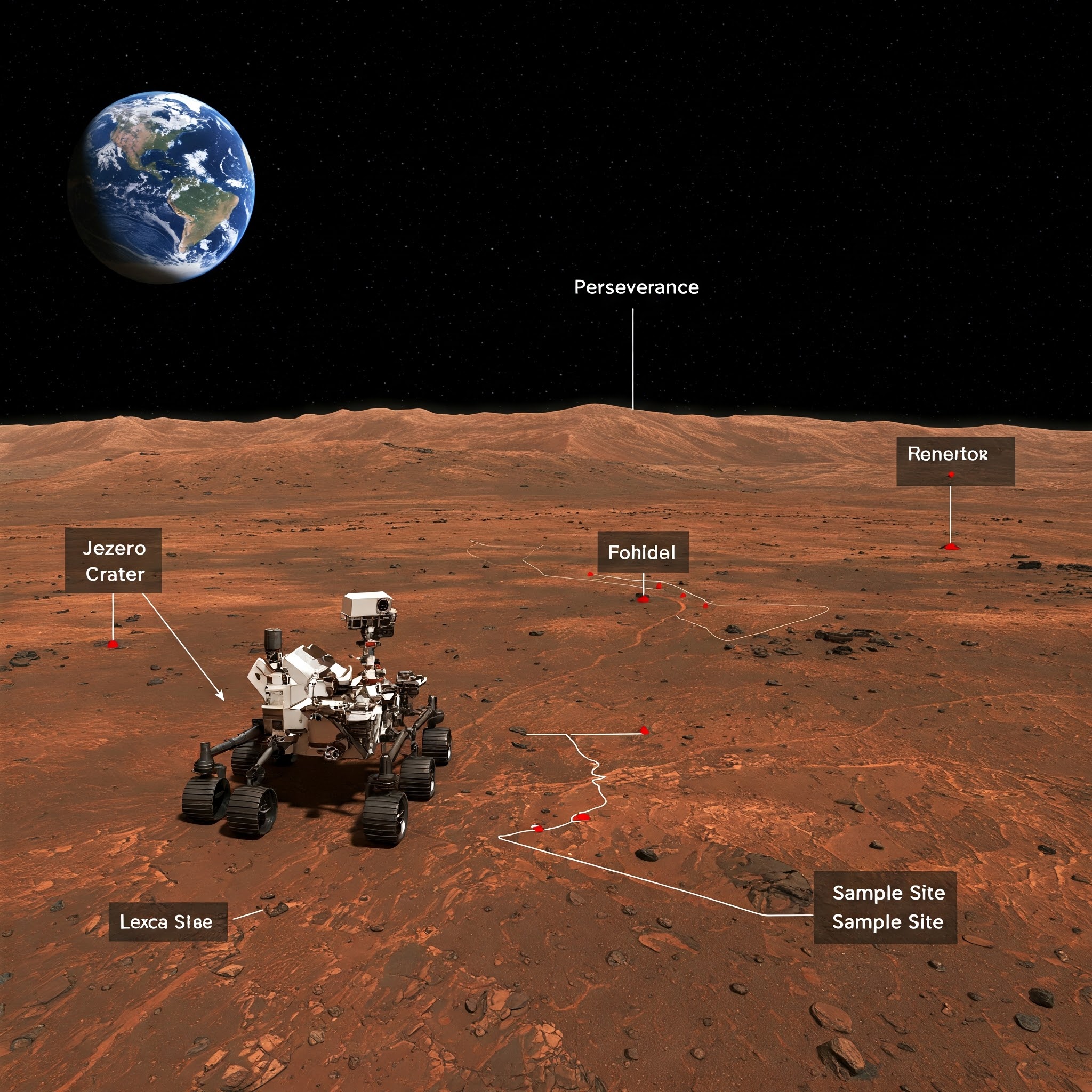Mars, often called the “Red Planet,” has fascinated scientists and dreamers for centuries. With its dusty surface, mysterious features, and evidence of ancient water, many believe Mars may once have supported life—or could still harbor microbial life today. But how close are we to actually finding it?

1. Why Mars?
Unlike other planets in our solar system, Mars has several Earth-like qualities. It has seasons, polar ice caps, and signs of ancient rivers and lakes. These clues suggest that Mars might have once had a more hospitable climate—possibly even supporting basic forms of life.
2. What Have We Discovered So Far?
Robotic missions have been exploring Mars for decades. The most advanced rover to date, Perseverance, landed in 2021 and is searching for signs of past life in an ancient river delta called Jezero Crater.
So far, we’ve discovered:
-
Evidence of clay and sediment, which form in the presence of water
-
Organic molecules, the building blocks of life
-
Methane spikes in the atmosphere—possibly produced by microbes (or geology)
However, none of these findings confirm life—yet.
3. The Role of Rovers and Robots
NASA’s Perseverance and China’s Zhurong rovers are gathering soil and rock samples to be returned to Earth in future missions. These samples will allow scientists to study Mars in much greater detail than ever before.
Future missions aim to drill deeper into the Martian surface, where life might still exist—shielded from radiation and harsh surface conditions.
4. Challenges in Finding Life
There are major obstacles:
-
Mars is a dry, cold, and highly radioactive planet.
-
Proving the origin of organic molecules is difficult—were they made by life, or by non-living chemistry?
To find clear evidence, we need samples or signs like fossilized microbes, complex organic structures, or microbial activity beneath the surface.
5. What the Future Holds
By the 2030s, NASA and ESA plan to bring Mars samples back to Earth. Private companies like SpaceX also plan crewed missions to Mars in the near future. These efforts may be the key to finally answering one of humanity’s oldest questions: Are we alone?


